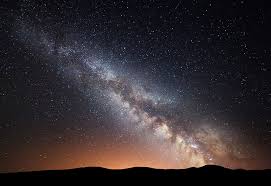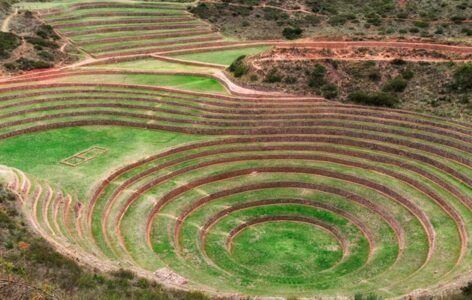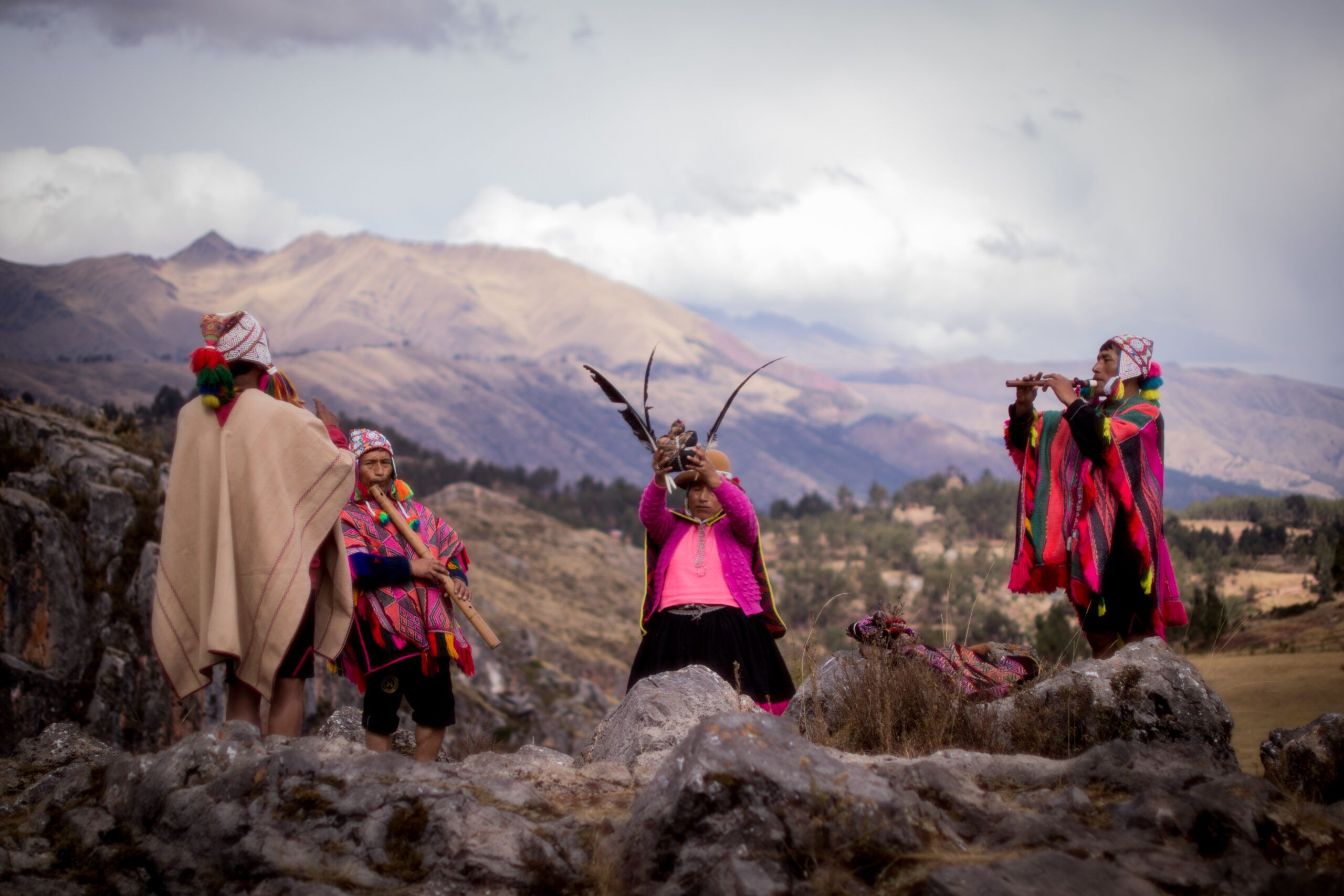In the Andean spiritual tradition, Lucid Dreams are more than symbols—they are portals. Every night, we enter the sacred geography of the Three Worlds. Each world holds teachings, visions, and spirit allies that help us remember who we are.

Lucid dreams, when practiced within the Andean cosmovision, becomes a tool of soul exploration and initiation. We don’t control the dream—we listen to it, walk within it, and honor the beings we meet there.
The Three Worlds in the Andean Lucid Dreams
Before we can dream consciously, we must understand where we are dreaming:

- Ukhu Pacha – The inner or lower world; a place of ancestors, shadow, memory, and deep earth wisdom
- Kay Pacha – The middle world; the space of human life, balance, and the here-and-now
- Hanaq Pacha – The upper world; the realm of celestial beings, vision, prophecy, and future timelines
Each dream can take place in one or more of these realms—and knowing which world you’re in changes how you receive and work with the message.
Dreaming in Ukhu Pacha: Descent, Shadow, and Ancestral Contact
Dreams in Ukhu Pacha often feel underground, watery, or dark. They may include:

- Caves, tunnels, wombs, or bones
- Encounters with the dead or forgotten parts of yourself
- Fears, serpents, or childhood themes
“To walk in Ukhu Pacha is to return to the root and ask the soul: what was buried, and why?”
(Miro-Quesada, 2010)
These are not nightmares—they are invitations to face the unconscious, reclaim lost power, and meet ancestors.
Dreaming in Kay Pacha: Integration and Soul Messages for the Now
Dreams in Kay Pacha are set in real-life scenarios, but something feels symbolic or heightened:

These dreams are often the clearest and most instructive. They serve to guide decisions, realign energy, and help you live in Ayni.
Dreaming in Hanaq Pacha: Vision, Light, and Divine Contact
Dreams in Hanaq Pacha are rare, luminous, and transformative. Signs include:

These dreams often mark a turning point in the soul’s journey. They are not always understood immediately—they require ceremony, humility, and listening.
“Hanaq Pacha dreams are gifts from the stars, wrapped in silence.”
(Núñez del Prado, 2009)
How to Practice Andean Lucid Dreams

Call on the Ñustas or Apus
Invite guidance from a specific spirit ally. For example:
“Ñusta Huaman Tiklla, show me what needs to be healed.”
Set an Intention at Night
Hold a coca leaf or place one near your bed. Say aloud: “Show me what I need to see.”
Keep a Dream Journal
Record all dreams—even fragments. Use symbols, feelings, or drawings.
Use Ritual After Powerful Dreams
If a dream feels sacred, make an offering, build a k’intu, or walk to a spring or mountain to process it.
Discern the World You Visited
Ask: Was this descent, daily life, or celestial vision? This tells you which world you traveled.
Why This Practice Matters
Dreaming is not escape—it is sacred work. Each time you sleep consciously, you return with messages, medicine, and soul fragments once forgotten. In a world full of distraction, Andean lucid dreams offers:

Access to ancestral wisdom
Emotional integration and healing
Guidance from the unseen realms
Alignment with your soul’s true path
This is why dreamwork is part of initiation among Paqos and curanderos—it is not just spiritual; it is essential.
Bibliography
- Miro-Quesada, O. (2010). Lessons in Courage: Peruvian Shamanic Wisdom for Everyday Life. Boulder: Sounds True.
- Wilcox, J. (2004). Keepers of the Ancient Knowledge: The Q’ero Mystics of Peru. Vermont: Inner Traditions.
- Núñez del Prado, J. (2009). The Andean Cosmovision. Cusco: Willka Nina Press.
- MacLean, K. (2012). The Shape of the Inka Heart. UK: Heart of the Andes Press.
- Villoldo, A. (2005). Shaman, Healer, Sage. Hay House.
- Q’ero Oral Teachings (2003–2020)



